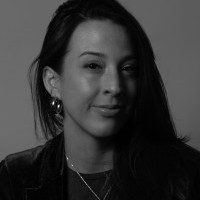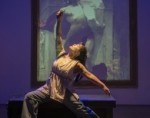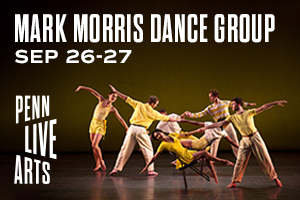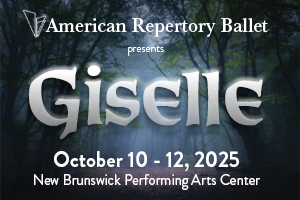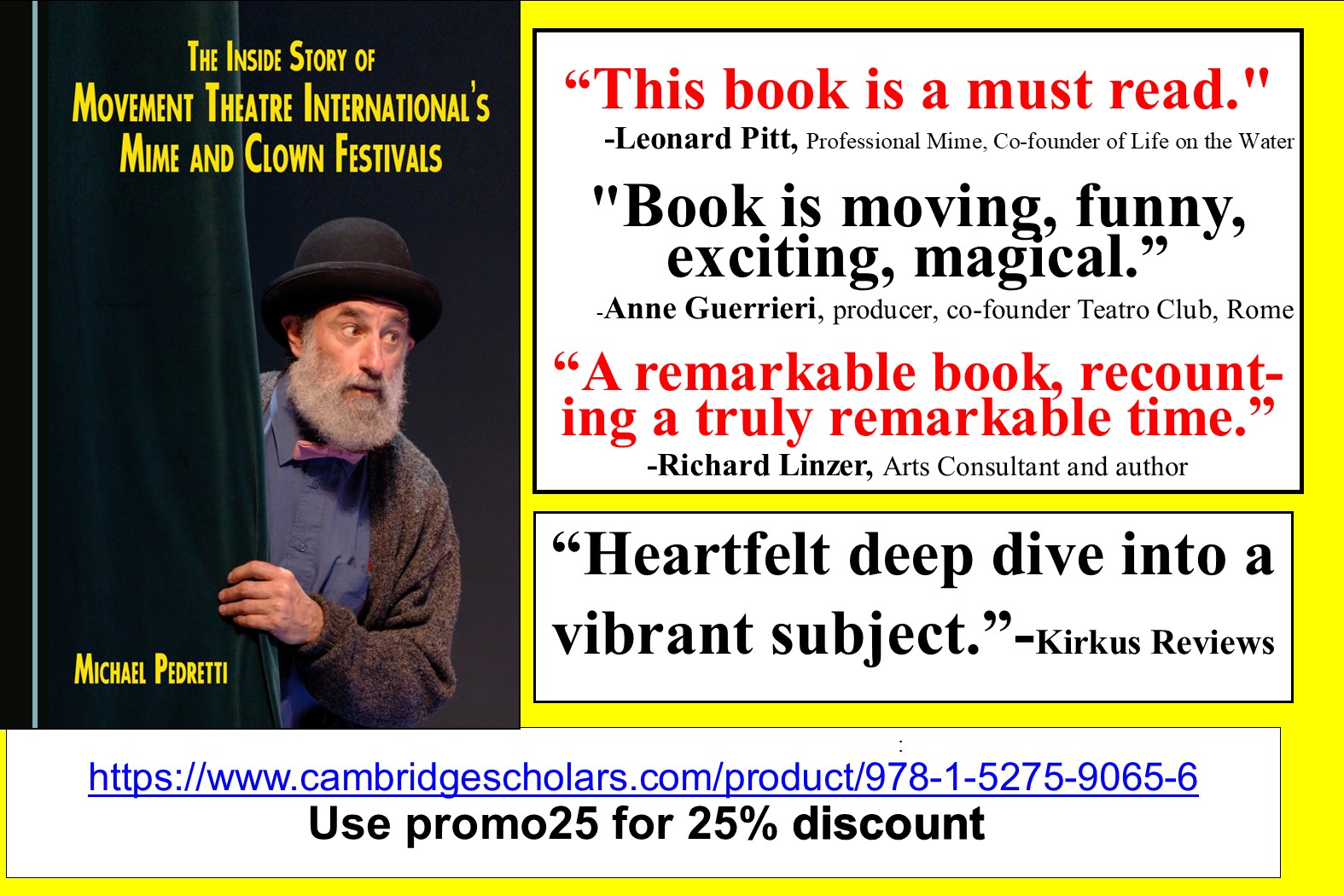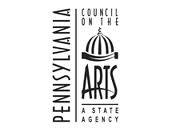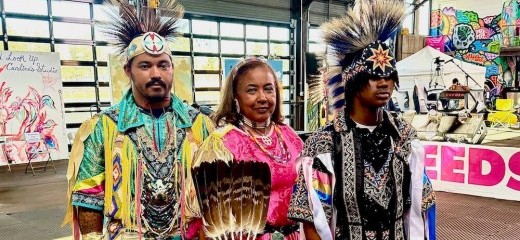
Welcome to the Circle
by Lauren Berlin
Just outside the drum circle at Philadelphia’s Cherry Street Pier, a low, steady heartbeat rises. The Young Blood Singers strike the drum in unison—each beat powerful, grounding, alive. Their voices follow—layered and resonant—pulling memory forward, bringing the past into the present.
WE ARE THE SEEDS, founded by Tailinh Agoyo (Narragansett), centers Indigenous voices and creativity, honoring the resilience of today’s Native artists. The 2025 WE ARE THE SEEDS PHILLY powwow pulses with a message that is both declaration and invitation: We are still here.
The gathering radiates from the drum. More than rhythm keeper, it is memory and medicine. It connects land and people. It embodies ceremony, language, and storytelling. It summons power and calm in the same breath.
I ask Seneca Spears, Head Male Dancer, what he feels when he performs the Men’s Eastern War Dance:
“Everything,” he replies, one word carrying the weight of history, spirit, and identity—reminding me that dance is not just movement but a full expression of life.
This is a multi-tribal gathering—alive with kinship, song, and shared presence. Over 40 Nations are represented, including Blackfeet, Creek, Seminole, Narragansett, Seneca, members of the Haudenosaunee Confederacy, Shinnecock, Lenape, Osage, Sioux, Taíno, and Cherokee peoples. Each nation brings its own teachings, rhythms, and dances into the circle—not for show, but as a continuation of culture, a living affirmation of survival. The pride is visible in posture, in the strength of each step, in the joy exchanged between generations.
Vaughnda Hilton, founder of Native Nations Dance Theater, her son Andrew Lyn (a renowned grass dancer), and his son, Jordan Lyn, carry forward generations of Blackfeet, Seminole, and Creek knowledge in performances rooted in prayer, storytelling, and community. Since 1991, Hilton has dedicated herself to bringing Indigenous dance and customs into schools, museums, and public spaces, making culture visible and vital.
Hilton leans in to show me her finely crafted eagle feather fan and beaded moccasins—a quiet exchange between two women who recognize the sacred weight of such things. More than a performer, Hilton is Yellow Eagle Woman, an educator who shares each dance’s history and significance, offering audiences a deeper sense of understanding and reverence.
Tchin, a fine artist, activist, renowned storyteller, and the father of WE ARE THE SEEDS founder Agoyo, displays his handmade flutes with quiet pride. His craftsmanship carries the care, lineage, and tradition at the heart of this gathering.
Wayne T. Duncan of the Young Blood Singers shares African and Cherokee roots and a profound connection to the drum. I mention my own ancestors from the same Appalachian region, dismissing them with a laugh as “just white boys who played the drums.” Wayne pauses, smiles, and replies, “Maybe they’re not just white boys. Maybe they’re just human beings.” In that moment, the heartbeat of rhythm—spanning generations and cultures—feels unmistakably shared.
Dancers move within the circle in regalia that shimmers with meaning. The Men’s Fancy Dance features bright feathers and layered bustles; the Men’s Grass Dance flows with long fringes; Women’s Traditional regalia is adorned with beadwork and fringe; and the Women’s Jingle Dress is covered in metal cones, whose sounds mimic rain and nature, soothing the spirit and offering comfort to dancers and the sick.
I notice precursors of early modern dance in Indigenous blanket and shawl dances—the grounded footwork, circle formations, and rhythm as ceremony appear in the work of pioneers like Martha Graham, Ted Shawn, Ruth St. Denis, and Lester Horton. I’m also acutely aware of the erasure—the Indigenous influences attributed to the body’s “natural” or “primitive” way of moving instead of a long standing history of intentional dancing.
Much of what the non-Indigenous public receives about these traditions—through Hollywood, movies, and popular media—is caricature: distorted appropriation that flattens complexity and erases sacredness. By performing traditional dances, SEEDS dancers celebrate living culture while challenging audiences—especially those fluent in dance vocabulary and technical vernacular—to reconsider the foundations of American modern dance and recognize Indigenous artistry at its core.
As an Indigenous principle teaches, “Dance is the breath of the universe made visible.” At Cherry Street Pier, that breath is alive—in the drum, in the circle, in every step and song. It is a testament to survival, resilience, and presence—the drum never wavers, and neither does the spirit it carries.
6th Annual We Are The Seeds Philly Powwow, Cherry Street Pier, September 20-21.
Homepage Image Description: A man dances, hunched over with one arm punching downwards. He wears a headdress and decorative costume elements that highlight traditional artistry.
Article Page Image Description: Vaughnda Hilton, her son Andrew Lyn, and Andrew’s son Jordan Lyn stand together—three generations of dancers. Hilton wears a jingle dress adorned with handmade beadwork and rows of metal (healing) cones–each cone represents a day of the year– while her son and grandson wear Grass Dance regalia featuring vibrant colors, intricate ribbonry and fringe, roach (headdress) and decorative elements that highlight traditional artistry.
By Lauren Berlin
September 28, 2025

